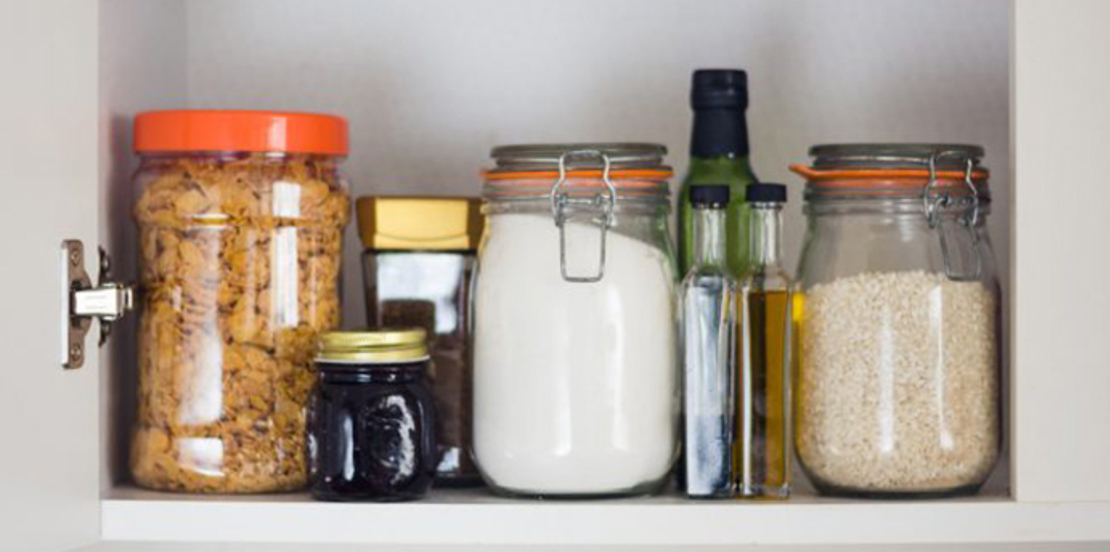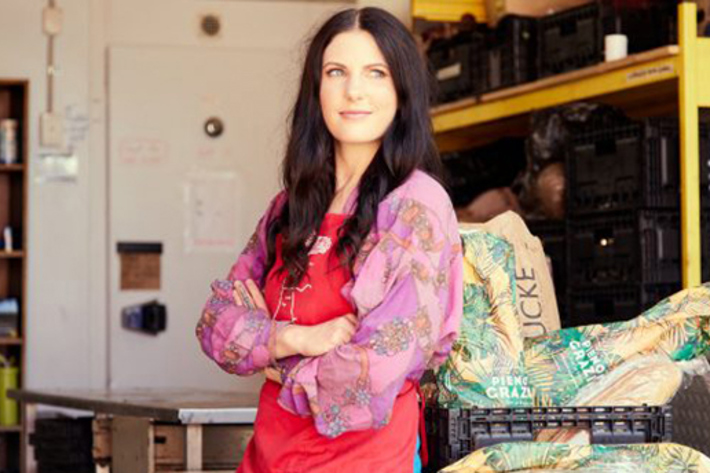The Zero Waste Kitchen

Food waste is a modern day issue for the home kitchen; with Australians throwing out 1 in every 5 bags of groceries purchased every week. Whilst these items can often be put to good use in our compost, there are a few delicious and food saving tricks you can pull out ahead of time to save food waste and build the gourmet pantry of your dreams! And it’s easy, using just a few key everyday ingredients. Plus, did I mention that planning your shopping ahead of time can really help cut down on unnecessary items that may later go to waste.
Making your kitchen waste proof
Start with where you are storing your food- the fridge and cupboards, when you open either one you want to be able to see everything that you have on hand.
Relearn your ingredients. Did you know banana is a herb, and not a fruit? That tomato stalks can be used in the same vein as bay leaves- to help create rich sugos and passatas. And that every part of the cauliflower, broccoli, kale and so many other ingredients are 100% edible?
Apply circular economy to your cooking, especially when meal planning and building a dish. Circular economy, also knows as closed loop is the concept that everything has a second application and that we should follow it’s life-cycle to determine these multiple-use outcomes. For example let’s take Kale, the leaves can be used as you would a hardy spinach, the stalks fried up gently in place of onion, and the woody stalk pickled to soften and be used the following season in a new dish. Any leftovers from the initial dish would be repurposed for another meal. The brine from the pickle would later become part of a dressing, used in cheese making, future pickling, casseroles, cleaning- and so on.
The five food waste saving ingredients: Vinegar, Salt, Oil, Sugar or Honey, Empty jars.
Now to start saving food waste; the CUPID food loving way!
- C - Chill/freeze any food before it expires
- U - Use now! A stir fry, soup, bake, casserole, pizza, pasta- the options are endless
- P - Pickle and preserve. Make a jam, chutney, cordial, or pickle- you will need sugar, honey or salt depending on the flavour you want.
- I - Infuse, herbs and herb stalks can be put straight into vinegar or oil for a long term infusion. Just make sure they are completely submerged in the liquid so that the contents doesn’t spoil.
- D - Dehydrate, using natural sunlight or your home oven- dry any fruits, herbs or vegetables. These can be eaten as snacks once dried, or reconstituted later in cooking.
Jessie Alice is on a mission to inspire and educate on mindfulness in the kitchen, sustainable economies and circular cooking to create a future where everyone can enjoy sustainable food.
Jessie hopes to inspire and educate home cooks, professional chefs and everyone in-between on how they can have an impact and make the world more sustainable through the way they prepare and source their food. Jessie loves nothing more than being in the kitchen of a café or restaurant and working with the Chef and their team to create a menu that is based on circular cooking to make an impact on food security. Jessie continues to journal, travel and meet with farmers and producers to find their hero stories in food waste and future proofing our food.


